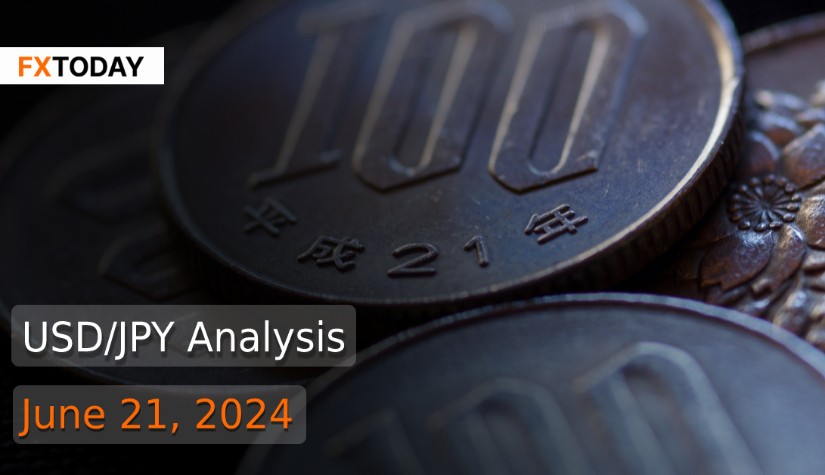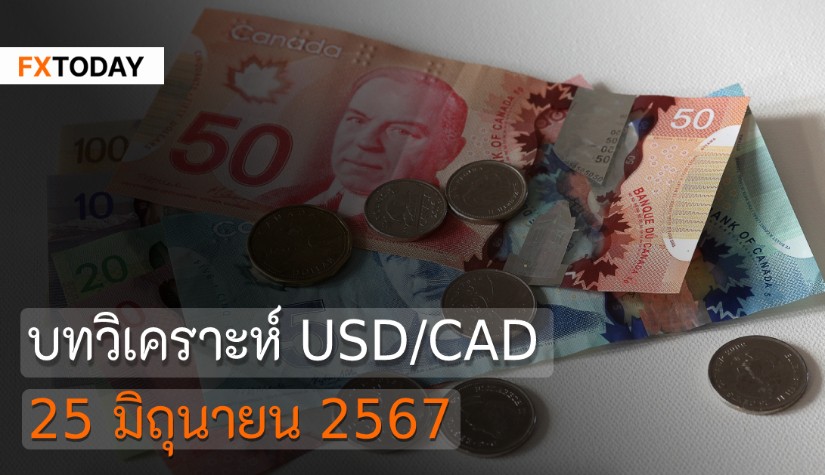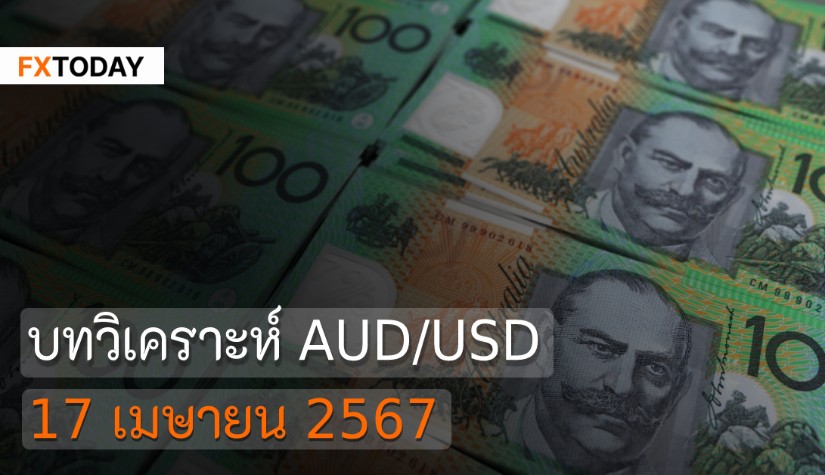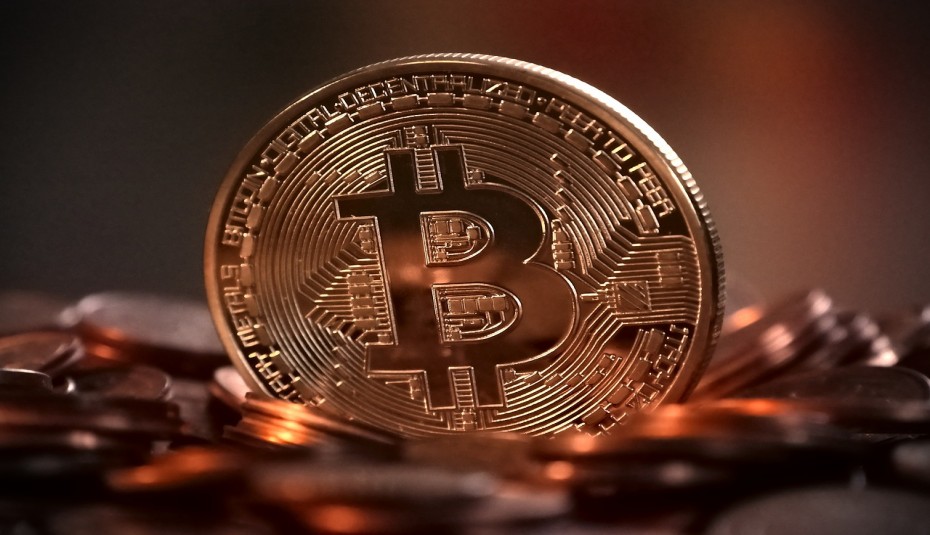Japanese Inflation Scrutinized Amid Weak Yen, Rising Oil Prices, and BOJ Caution
Japanese inflation will be under intense scrutiny on Friday due to the yen nearing record lows, rising oil prices, and the Bank of Japan's cautious approach to monetary policy normalization. The weak yen exacerbates the issue as Japan imports over 90% of its energy.
Japan's core inflation, excluding food and energy, likely increased to 2.6% in May from 2.2% in April, while headline inflation might have risen from 2.5% to 2.9%. The first PMI report for June from Japan is also due on Friday. Despite core inflation rising in May due to energy levies, the narrower core-core inflation, has slowed for nine months, complicating the Bank of Japan's decision on interest rate hikes.
Bank of Japan Governor Kazuo Ueda indicated potential interest rate increases next month, depending on economic data. Rising import costs due to the weak yen might impact household spending, but increasing wages could sustain consumption and economic recovery. Ueda emphasized that bond-buying tapering and interest rate hikes are separate issues, with detailed plans for bond purchase reductions expected in July.
The Bank of Japan's prolonged monetary easing has significantly reduced financial institutions' profitability over the past 25 years, making them vulnerable to interest rate rises. Many companies, having taken advantage of ultra-low rates, face sluggish profits, and banks' loans to these low-profit firms could turn problematic as rates increase. A sharp rise in interest rates could lead to losses on securities holdings, discouraging further lending.
Japan's factory activity grew for the second month in June, though the pace slowed due to weaker orders and increased cost pressures. Core machinery orders fell in April, but the government maintained its outlook for a recovery in capital spending. Japanese manufacturers' optimism for the next year rose despite current challenges, while the service sector saw a decline in activity for the first time in two years.
According to the central bank, the price of services with high labor costs, like software development, is more closely linked to wages than services with low labor costs, which are more influenced by global commodity prices. BOJ Governor stated that the central bank will closely monitor sustainable wage increases and encourage firms to reflect these higher costs in their service prices before deciding on interest rate hikes.
At the Bank of Japan's April policy meeting, policymakers discussed the potential impact of a weak yen on prices. They noted that the weak yen could have a more significant and lasting impact on inflation, given companies' current inclination to increase prices and wages. However, in May, Japan saw over 3 million visitors for the third consecutive month, driven by the weak yen, which also boosted tourism spending to record levels.
Meanwhile, most Japanese companies do not see a need to follow the U.S. in raising tariffs on Chinese imports, as excessive Chinese industrial capacity has minimal impact on their businesses, according to a Reuters survey.
South Korea and Japan's finance ministers are scheduled to meet in Seoul on June 25 to discuss currency stabilization measures.
The U.S. Treasury announced on Thursday that no major trading partner manipulated its currency last year, but it added Japan to its foreign exchange "monitoring list," which already included China, Vietnam, Taiwan, Malaysia, Singapore, and Germany. This addition was based on Japan meeting two of the Treasury's three criteria: a trade surplus with the U.S. of at least $15 billion, a global account surplus over 3% of GDP, and persistent net foreign exchange purchases of at least 2% of GDP over 12 months. Japan, Taiwan, Vietnam, and Germany all met the trade surplus and current account surplus criteria.
On Thursday, the dollar reached a seven-week high against the yen amid signs of a cooling U.S. economy and speculation about a potential Federal Reserve rate cut later this year. May retail sales were weak, and although unemployment claims fell, they were higher than expected, suggesting a still-strong but gradually cooling labor market. The dollar traded at 158.89 yen, the highest since April 29. Market participants are alert for further Bank of Japan interventions to support the yen, especially after the Bank's dovish stance and plans to reduce bond buying were announced.
Data for Technical Analysis (1H) CFD USD/JPY
Resistance : 158.98, 159.02, 159.07
Support : 158.86, 158.82, 158.77
1H Outlook
Source: TradingView
Buy/Long 1 If the support at the price range 158.76 – 158.86 is touched, but the support at 158.86 cannot be broken, the TP may be set around 159.01 and the SL around 156.87, or up to the risk appetite.
Buy/Long 2 If the resistance can be broken at the price range of 158.98 – 159.08, TP may be set around 159.20 and SL around 158.81, or up to the risk appetite.
Sell/Short 1 If the resistance at the price range 158.98 – 159.08 is touched, but the resistance at 158.98 cannot be broken, the TP may be set around 158.85 and the SL around 159.13, or up to the risk appetite.
Sell/Short 2 If the support can be broken at the price range of 158.76 – 158.86, TP may be set around 158.65 and SL around 159.03, or up to the risk appetite.
Pivot Points Jun 21, 2024 03:46AM GMT
|
Name
|
S3
|
S2
|
S1
|
Pivot Points
|
R1
|
R2
|
R3
|
|---|---|---|---|---|---|---|---|
| Classic | 158.7 | 158.77 | 158.85 | 158.92 | 159.01 | 159.07 | 159.16 |
| Fibonacci | 158.77 | 158.82 | 158.86 | 158.92 | 158.98 | 159.02 | 159.07 |
| Camarilla | 158.91 | 158.93 | 158.94 | 158.92 | 158.97 | 158.98 | 159 |
| Woodie's | 158.72 | 158.78 | 158.87 | 158.93 | 159.03 | 159.08 | 159.18 |
| DeMark's | - | - | 158.81 | 158.9 | 158.97 | - | - |
Sources: Investing 1, Investing 2
















